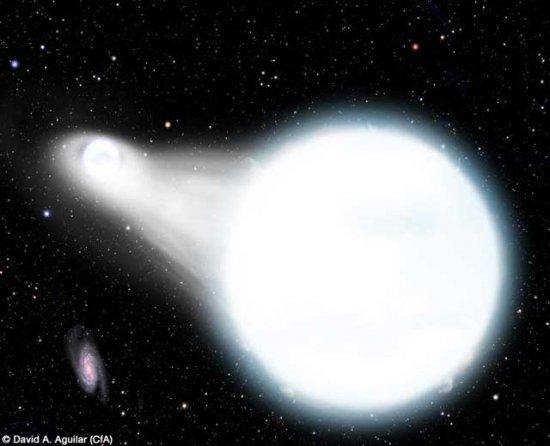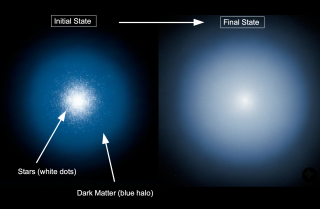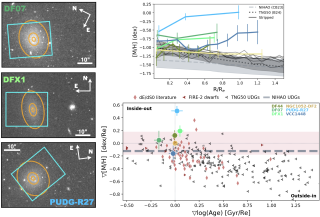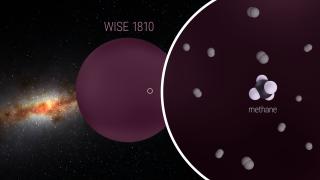We report the detection of orbital decay in the 12.75-minute, detached binary white dwarf (WD) SDSS J065133.338+284423.37 (hereafter J0651). Our photometric observations over a 13 month baseline constrain the orbital period to 765.206543 (55) s and indicate that the orbit is decreasing at a rate of (- 9.8 ± 2.8) ´10-12 s/s (or -0.31 ± 0.09 ms/yr). We revise the system parameters based on our new photometric and spectroscopic observations: J0651 contains two WDs with M 1 = 0.26 ± 0.04 M sun and M 2 = 0.50 ± 0.04 M sun. General relativity predicts orbital decay due to gravitational wave radiation of (- 8.2 ± 1.7) ´10-12 s/s (or -0.26 ± 0.05 ms/yr). Our observed rate of orbital decay is consistent with this expectation. J0651 is currently the second-loudest gravitational wave source known in the milli-Hertz range and the loudest non-interacting binary, which makes it an excellent verification source for future missions aimed at directly detecting gravitational waves. Our work establishes the feasibility of monitoring this system's orbital period decay at optical wavelengths.
The discovery of two white dwarfs that will soon merge will allow scientist to test Eintein's General Relativity. As depicted in this artist's impression, mass will flow from one of the white dwarfs to the other in less than a million years, and the syst
Advertised on
References
The Astrophysical Journal Letters, Volume 757, Issue 2, article id. L21, 6 pp. (2012)



